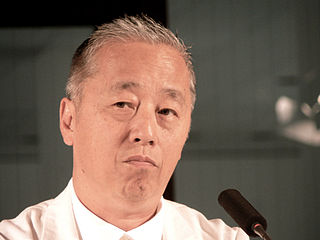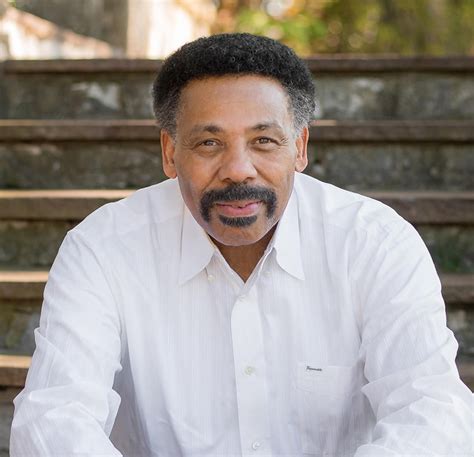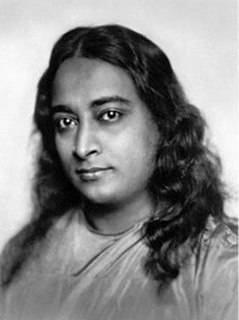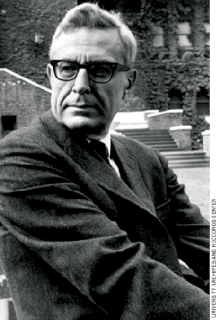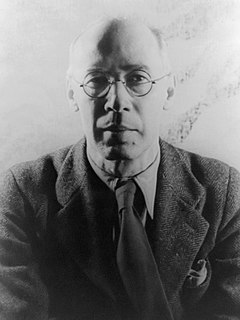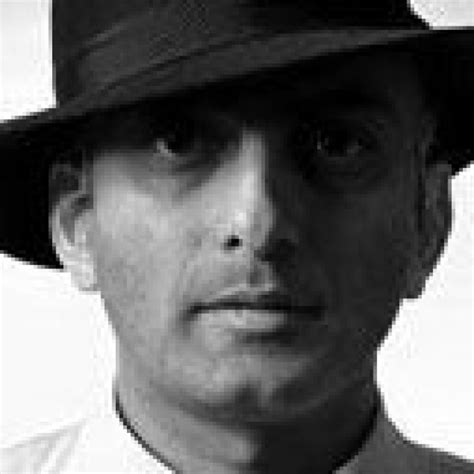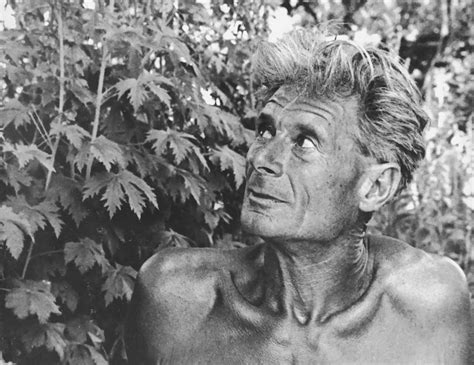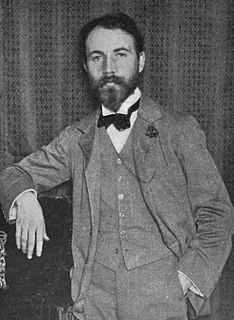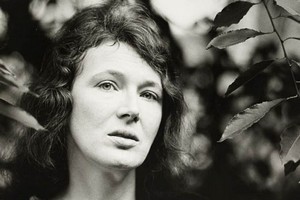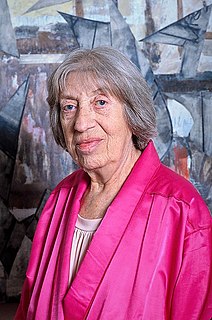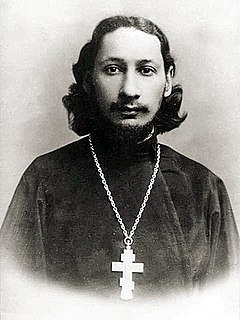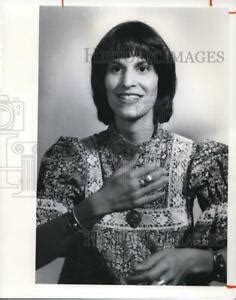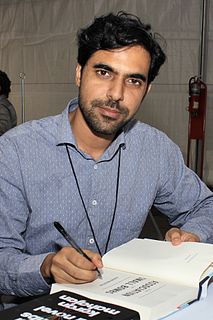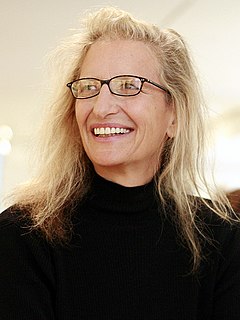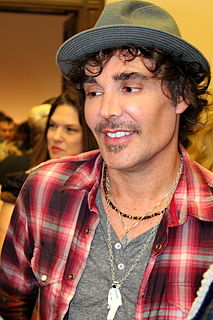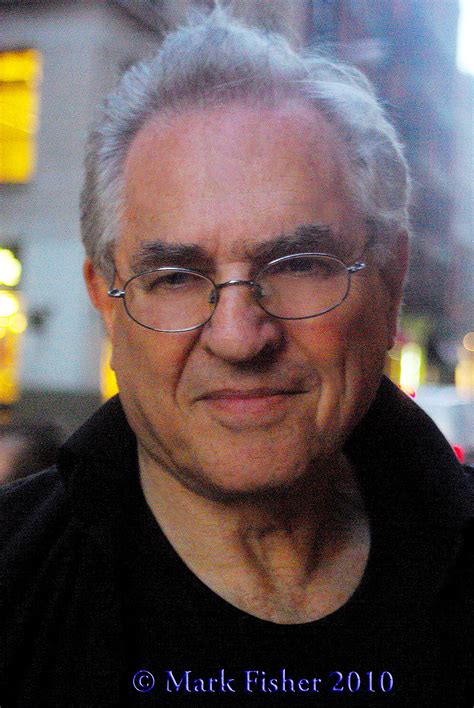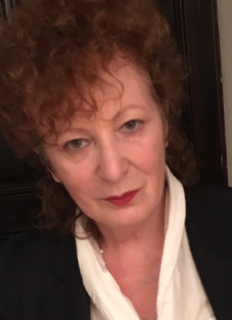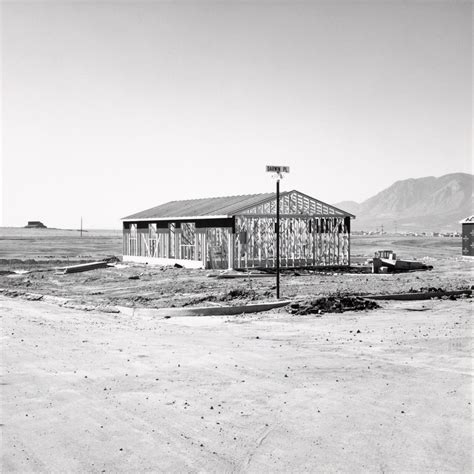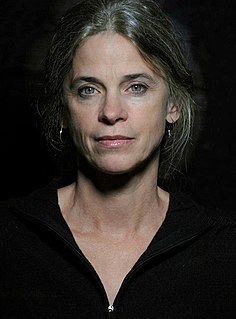A Quote by Hiroshi Sugimoto
Art is technique: a means by which to materialize the invisible realm of the mind.
Related Quotes
Fine art, that exists for itself alone, is art in a final state of impotence. If nobody, including the artist, acknowledges art as a means of knowing the world, then art is relegated to a kind of rumpus room of the mind and the irresponsibility of the artist and the irrelevance of art to actual living becomes part and parcel of the practice of art.
In every art we are always obliged to return to the accepted means of expression, the conventional language of the art. What is a black-and-white drawing but a convention to which the beholder has become so accustomed that with his mind's eye he sees a complete equivalent in the translation from nature?
In creating a work of art, the psyche or soul of the artist ascends from the earthly realm into the heavenly. There, free of all images, the soul is fed in contemplation by the essences of the highest realm, knowing the permanent noumena of things. Then, satiated with this knowing, it descends again to the earthly realm. And precisely at the boundary between the two worlds, the soul’s spiritual knowledge assumes the shapes of symbolic imagery: and it is these images that make permanent the work of art. Art is thus materialized dream, separated from the ordinary consciousness of waking life.
I tend to see my characters from inside and outside at once; this is a technique I use to retain a slight distance. It means my characters can act in unexpected ways on two axes: physical and mental. It isn't just, 'I thought this and then I did this,' which is the technique of the modern psychological novel.
